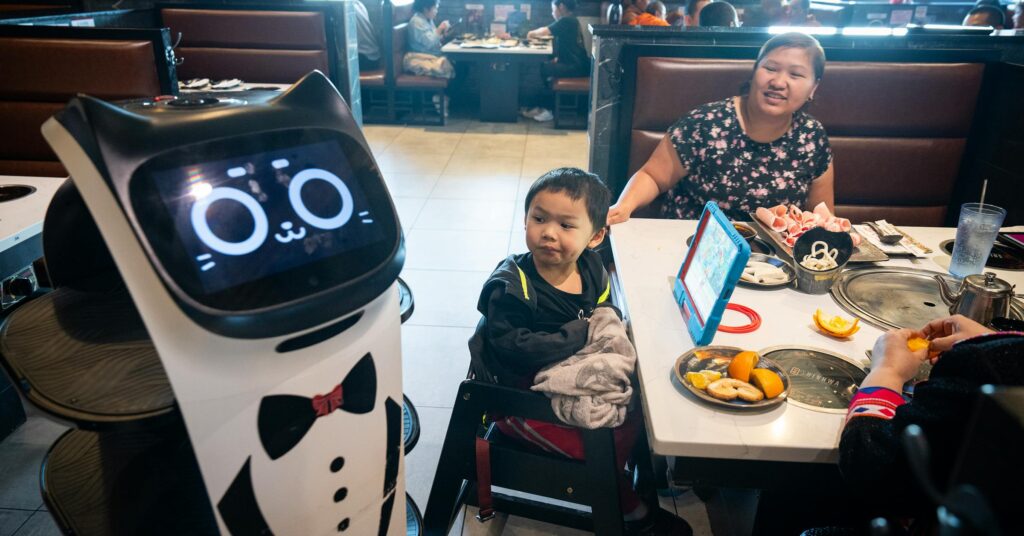The Rise of Robot Waiters: An Inside Look at the Future of Dining
With technology advancing at an extraordinary pace, robots are making their way into our daily lives, including our dining experiences! Much like our home computers, these ingenious meal-delivering machines receive regular software updates that enhance their functions and improve performance. Their repertoire is impressive, featuring everything from catchy pop hits to timeless classical music. For instance, at Hot Pot City in Asia Mall, Eden Prairie, a robot recently delighted a birthday girl by delivering her dessert while playing a cheerful "Happy Birthday" tune.
More Than Just Servers
But these robots do more than just deliver dishes; some bots even have speaking roles! As they glide through bustling restaurant scenarios, patrons hear friendly chimes like, “Excuse me, here I am” and “Here I am, coming through” at eateries such as Shinhwa in Roseville and Dragon Pot in Richfield. This friendly interaction adds a unique charm to the dining experience.
Navigating the Challenges of Robotics
However, these futuristic waitstaff aren’t without their challenges. While they aim to streamline service and enhance enjoyment, there are a few caveats to consider. According to a report from Restaurant HQ, robot waiters have limitations:
- Technical Glitches: Like any technology, robots can experience breakdowns.
- Spatial Constraints: They struggle with stairs and outdoor settings, needing more room to operate than a human server would.
- Limited Flexibility: Robots lack the ability to adapt to unexpected situations or empathize with customer needs, which is vital in the hospitality industry.
The report referenced Chili’s attempt to implement robot servers named Rita in 61 locations, only to pause their rollout after two years. Unfortunately, Rita was found to be slower and often got in the way of human servers, failing to elevate the customer experience or effectively manage orders like soups and drinks.
The Future of Dining with Bots
As exciting as these developments may be, the road ahead isn’t without bumps. Local restaurants are beginning to explore these technologies, balancing innovation with traditional hospitality. The charm of a human touch and the adaptability required in customer service presents a significant hurdle for robotic systems.
Conclusion
While robots can enhance certain aspects of dining, it’s crucial to recognize their limitations. Balancing the promise of technological advancement with the essential human touch will be key to success in this sector.
The AI Buzz Hub team is excited to see where these breakthroughs take us. Want to stay in the loop on all things AI? Subscribe to our newsletter or share this article with your fellow enthusiasts!




